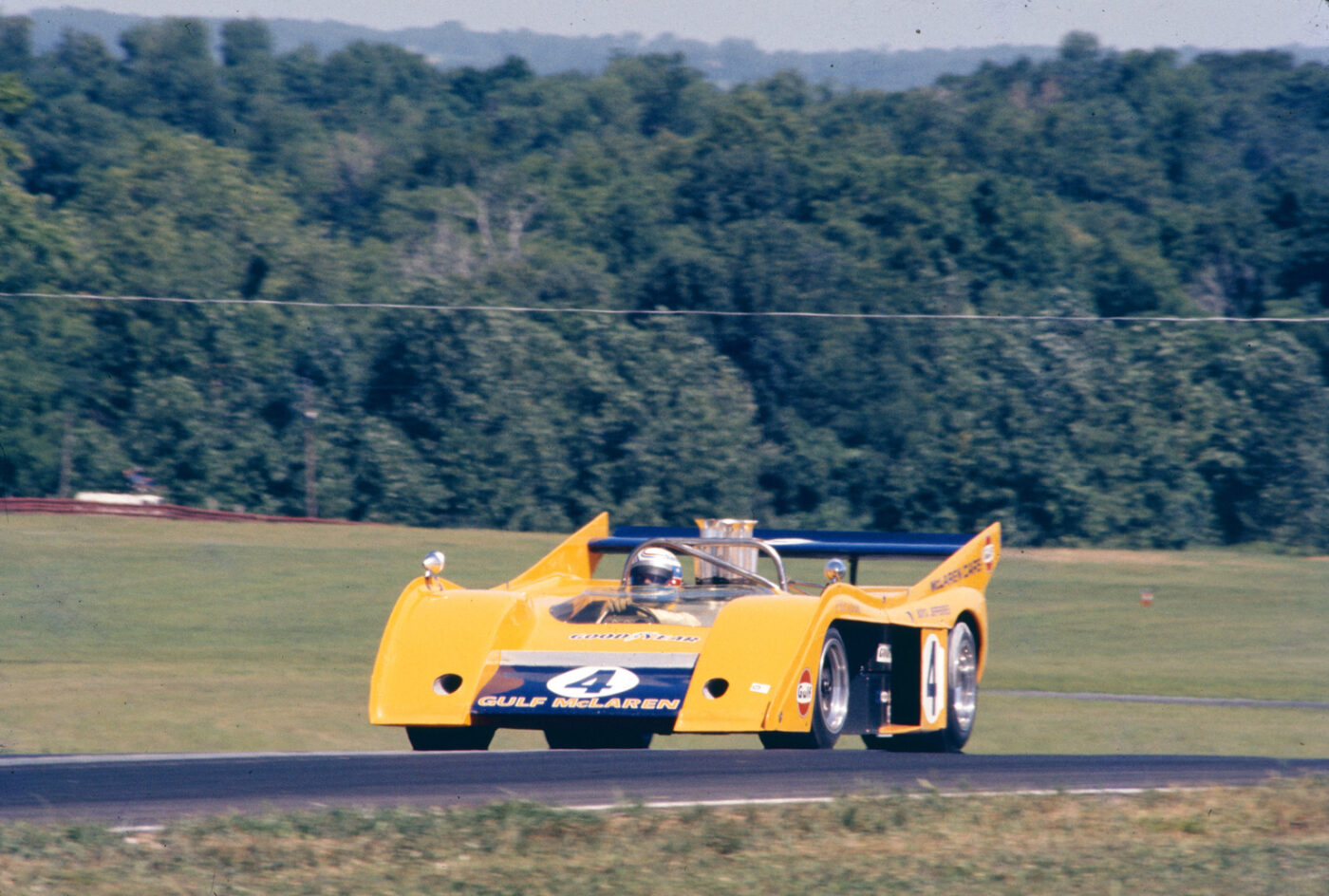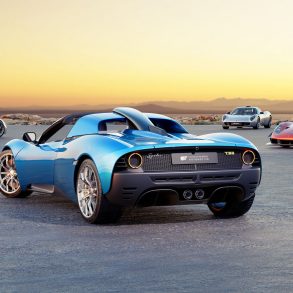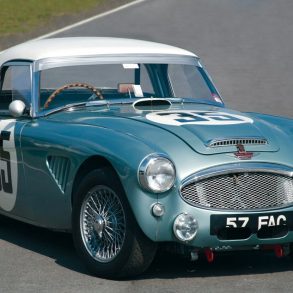McLaren M20
From 1968 to 1971 the McLaren M8 and its derivatives had dominated the Canadian-American Challenge Cup Series but that was set to change with the imminent arrival of the turbocharged Porsche 917/10 in 1972. These were arguably McLaren’s best race cars ever. Extensive rule changes for the World Sportscar Championship had limited the German manufacturer’s option after 1971 and their attention turned stateside. Defending champions McLaren assessed the situation and decided to start with a clean sheet of paper. Designed by Gordon Coppuck and dubbed the McLaren M20, the all new Can-Am racer was ready for extensive testing in the Summer of 1972.
Following the latest Formula 1 design trend, Coppuck moved the radiators from the nose to the ‘side-pods’ alongside the cockpit. The advantages of this repackaging were numerous; the mass of the radiators was much closer to the car’s centre of gravity, there was no longer a need to run hot water-pipes to the nose of the car, which greatly improved driver comfort and finally the space traditionally reserved for the radiators could now be fully optimized for aerodynamic purposes.

Although turbocharged versions of Chevrolet’s V8 engines were under development, McLaren decided to continue with the naturally aspirated ‘big block’ that had served them so well during the previous four seasons. Despite its massive displacement of well over 8-litre, the all aluminium V8 was very light and very reliable. Adding turbochargers would only complicate things and weigh the cars down. In 1972 trim, the V8 produced in excess of 750 bhp while the M20 tipped the scales at just 690 kg.
The aerodynamics package was a further development of the existing design with the addition of the wing mounted between its front fenders. McLaren made no secret of its presence and even accentuated it by painting it blue. The additional downforce over the front wheels was balanced out by fitting a full-width rear wing that was even larger than that of its predecessors. The design and placement of the cars fuel tanks maintained the same weight distribution as the fuel was being consumed.
Denny Hulme took first place in the opening race at Mosport Park, and he and Peter Revson managed a one-two at Watkins Glen. But that was to be the final victory by a works McLaren Can-Am car, the team concentrating its efforts on other racing activities. One of the greatest periods of dominance in the history of motorsport had come to an end but the success in Formula 1 and at the Indy 500 would soon follow for the McLaren team.











